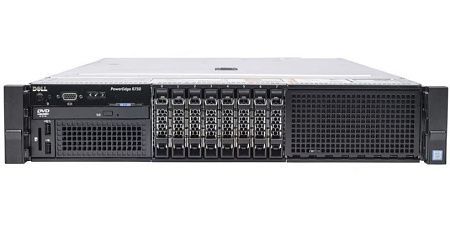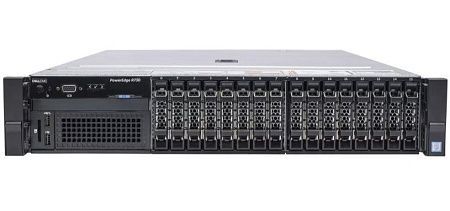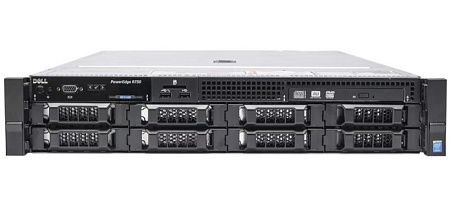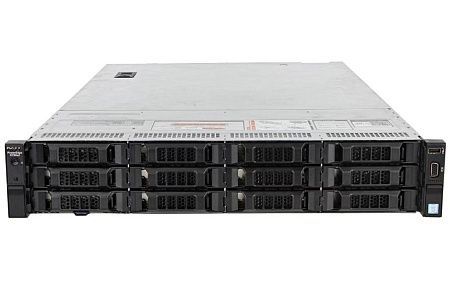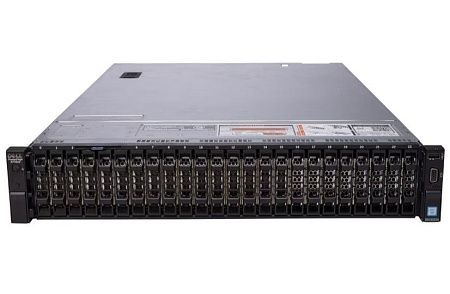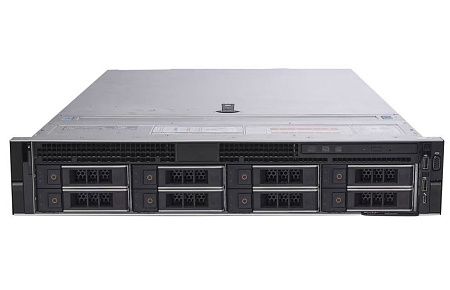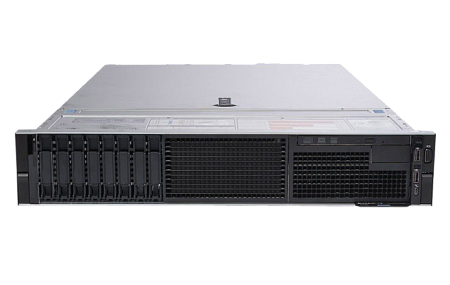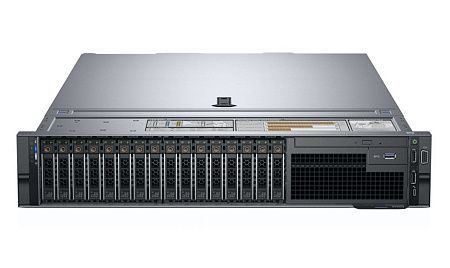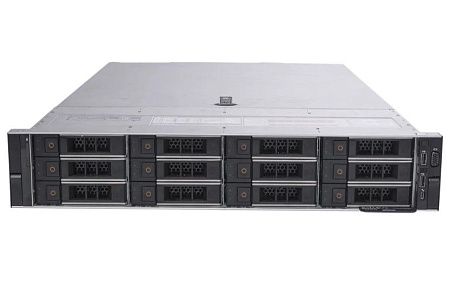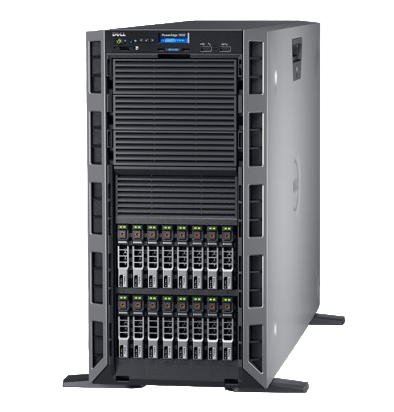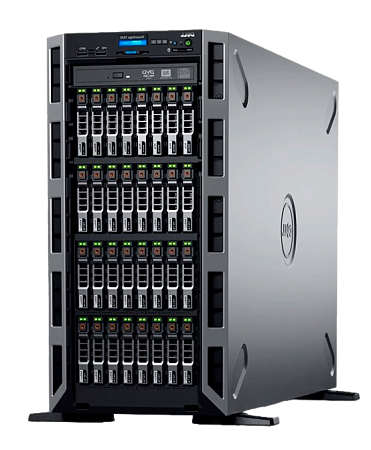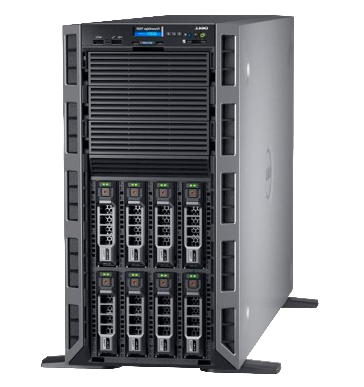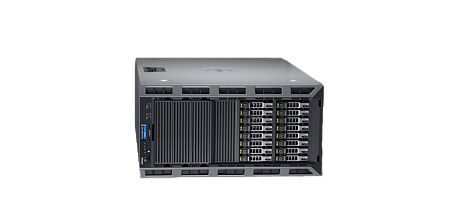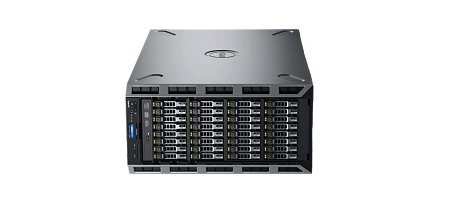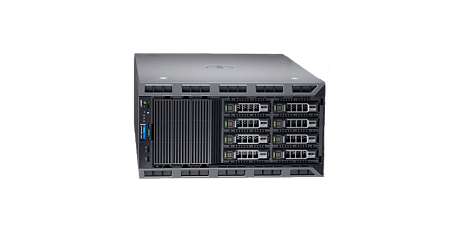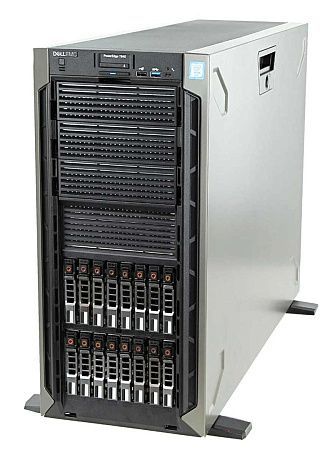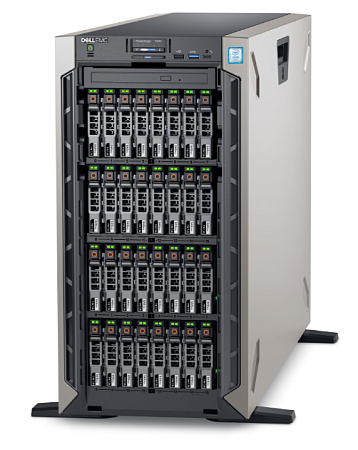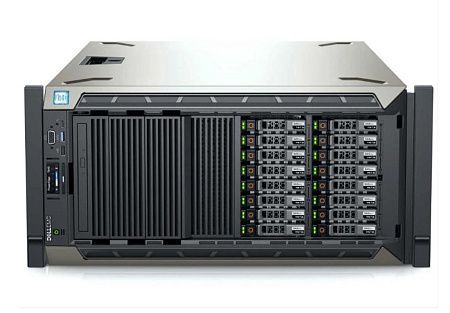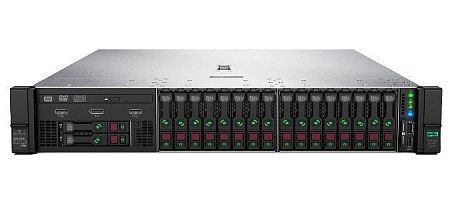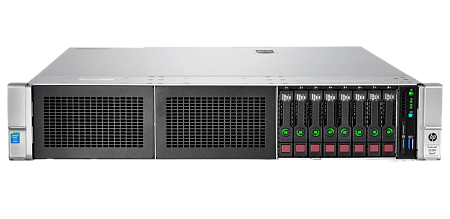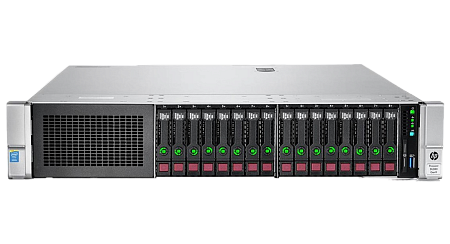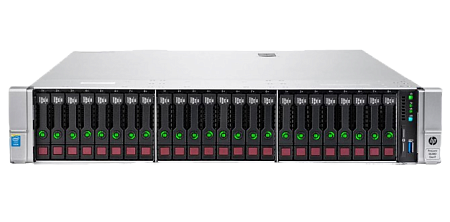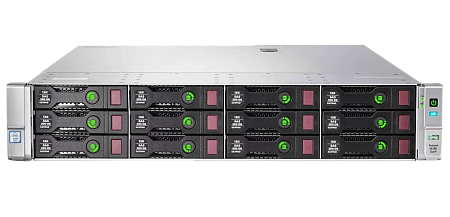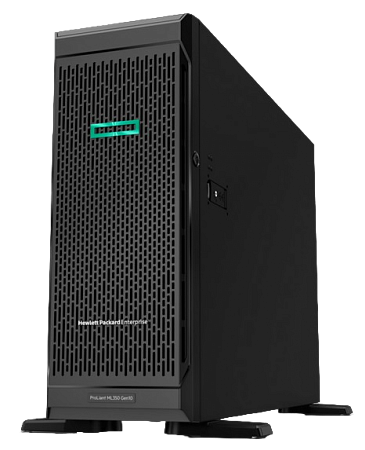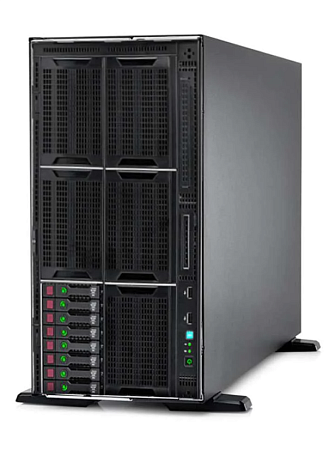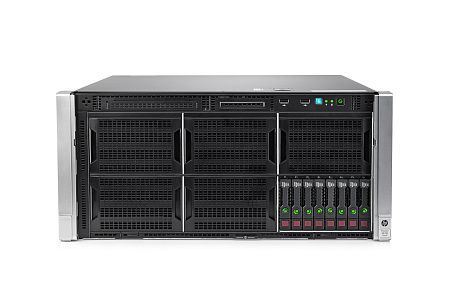Server hardware is one of the architecture’s components of video surveillance systems designed to receive, process, store and protect data securely.
For properly organizing access to the video recordings received from the cameras, its necessary to select a server with:
- high fault tolerance;
- sufficient data storage capacity for their safety for a long time;
- ability to receive the video streams from cameras of the various types and the operating systems;
- availability of remote access to the records, possibility of their withdrawal from a storage and a playback on PC;
- ability to protect the records from unauthorized access.
Also, during choosing a server equipment, it is worth to consider the workload of video surveillance’s entire infrastructure system and the conditions for its operation.
Basic and additional criteria with selecting the servers for video surveillance systems
The main criteria for selecting the servers for IP video systems include:
- processor performance and maximum number of processors;
- the amount of RAM and the capacity of disk space (provided that video archives are stored in a disk memory of the server itself);
- form factor and maximum capacity of a disk subsystem determining the suitability of a server for further scaling;
- video accelerator performance (number of GPU and CUDA cores).
All these technical parameters should correspond to specific video surveillance system’s architecture, take into account the number of IP cameras, the complexity of processing algorithms and the speed of filtering video streams, the intensity of recording and transcoding, the amount of RAM and CPU resources.
In addition, the choice of a server is influenced by:
- possibility of creating its individual configuration;
- tasks of technical data processing;
- OS stability while a server is running 24/7;
- readiness to launch;
- availability of special software for monitoring the state of a server;
- maintainability.
If analog cameras used in a surveillance system, then a server will need to be retrofitted with several video capture cards, since 1U and 2U servers may not be suitable for this task. If the recording is from IP cameras, then the main load falls with the network interface - it should have a good bandwidth.
Possible server hardware configurations
For the convenience of selecting the servers by configurations and models, they are often divided into several categories according to the number of cameras in the video surveillance system - up to 20 pieces, from 20 to 50 and more than 50 pieces, respectively.
For servers designed to receive a video stream from 20 cameras, the optimal configuration would be:
- RAM - 8 GB DDR3;
- 2 Intel Xeon processors with 4 cores and a frequency of 2.60 GHz each;
- 4 or more hardware drives with SATA 2.5" interface and a total capacity of 3 TB or more.
In this case, a storage of information can be either a RAID assembled from hot-swappable HDDs or a hardware storage system (with an increase in a number of the cameras). If 20 to 50 cameras used in the video surveillance system, an equipment configuration will be as follows:
- RAM - 16 GB DDR3;
- 2 Intel@ Xeon@ processors, 4 cores, 2.60 GHz each (20M Cache);
- 7-17 hardware drives with SATA 2.5"/3.5" interface and a total capacity of 3 TB or more.
In the case when there are more than 50 cameras in a system, the selected server models should have the following configuration:
- RAM - 16 GB DDR3;
- 2 x Intel@ Xeon@ processors, 5-6 cores, 2.60 GHz each (25-30M Cache);
- 14 or more hardware drives with SATA 2.5 "/3.5" interface and a total capacity of 10 TB or more;
- 1-2 power supply 920-1000W each.
For example, to serve 80 cameras with a video stream resolution of 1920x1080 (using the H.264 codec), or up to 128 cameras with a resolution of 800x600 pixels, you will need a server with:
- Intel Xeon E3-1200 v3 series processor (4 cores, 8MB L3 cache, 5GT/s DMI);
- 16 GB DDR3-1600+ server RAM;
- 10-12 pieces of 3.5” hot-swappable HDD, combined in RAID 5. For the consistently high server’s performance you shouldn’t use the on-board controllers, it is better to take the hardware models;
- 1-2 pieces of solid-state drives of server models.
The presented characteristics considered optimal for the servers in the video surveillance systems with a basic analytical functionality. For deepen analysis of the video streams, detecting and recognizing the objects and events, you will need to select an individual server configuration.
Which server software to choose
Most video servers run on Windows or Linux, and the choice of software for IP system server is determined by following capabilities:
- support all functionality of the system cameras;
- have subroutines or integrated modules for intelligent video processing;
- combine all servers into a common complex;
- receive a technical support and be systematically updated.
Also, the selected software should optimize the server resources. For example, excluding unnecessary format conversion of the operations from the process of processing video streams.
The most popular server models
Most video servers run on Windows or Linux, and the choice of a software for IP system server is determined by following capabilities.
The servers of following manufacturers most often used in creating architecture of the video surveillance systems: Hewlett-Packard (ProLiant brand, Gen8 and Gen9 generation servers) and Dell (PowerEdge line).
The most popular HP products of this profile are servers:
- ProLiant DL380p Gen8 (1-2 Intel Xeon E5-2600 processors, 4 to 8 cores, RDIMM memory, DDR3-1333, DDR3-1600, 24 slots, 8 pieces of 3.5” SAS/SATA drives, 2U form factor) ;
- ProLiant DL60 Gen9 (1-2 Intel Xeon E5-2600 v3 processors, 4 to 8 cores, RDIMM memory, HP DDR4, 8 slots, 4x 3.5” SAS/SATA drives, 1U form factor);
- Proliant DL80 Gen9 (1-2 Intel Xeon E5-2600 v3 processors, 4 to 8 cores, RDIMM memory, HP DDR4, 8 slots, 12 3.5” SAS/SATA drives, 2U form factor).
The most popular models of the PowerEdge line include:
- Dell PowerEdge R420 (1-2 Intel Xeon E5-2400 v2 processors, 4 to 8 cores, RDIMM memory, DDR3-1333, DDR3-1600, 12 slots, 4 pieces of 3.5” SAS/SATA drives, 1U form factor);
- Dell PowerEdge R520 (1-2 Intel Xeon E5-2400 v2 processors, 4 to 8 cores, RDIMM memory, DDR3-1333, DDR3-1600, 12 slots, 8 pieces of 3.5” SAS/SATA drives, 2U form factor).
You can purchase these servers from us, as well as the other models of presented lines, including the individual configurations and tower/blade analogues of these servers.
Specialists of our company are ready to help you purchase the server and select the necessary server configuration for any required task.


